Hugh Fearnley-Whittingstall: ‘I left London 30 years ago. Now I can’t imagine any other life’
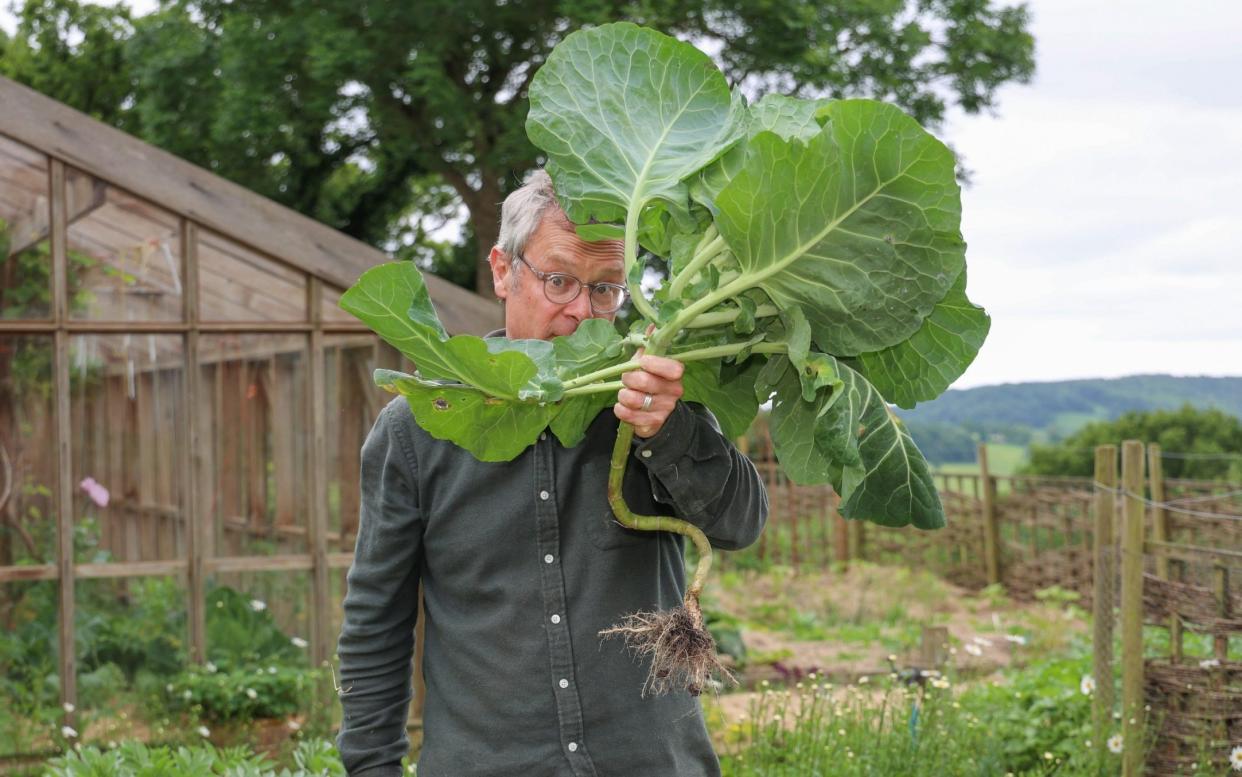
In Telegraph Gardening’s Personal Growth column, green-fingered household names tell us what their gardens mean to them – inadvertently revealing how the nature they nurture shapes both their public and private lives. This week: Hugh Fearnley-Whittingstall
Where do you live?
We live in east Devon on a small holding of about 34 acres, 15 of which are ancient woodland. We keep a miniature herd of North Devon cows, AKA Devon Ruby, in the fields, plus some Toggenburg/Boer cross goats; two Aylesbury/Campbell cross ducks and some buff Sussex chickens.
The garden itself is quite informal, sprawling out into different areas. In front of the house is a lawn, a paved area for dining and spectacular views over the valley and the woodland.
What are the main focal points of the garden?
I’ve got an intense relationship with our two veg gardens: my own garden and the one at River Cottage HQ, where we have the restaurant and run all our courses.
That’s managed by our wonderful gardeners Johnny and Jack, and I spend quite a lot of time with them suggesting new veg to try out. I also talk to the chefs about what they want to grow. My private garden is a bit more rough and ready. My wife, Marie, and I have been here 15 years now and we’re totally hands-on ourselves.
Right from the start, having a veg garden was pivotal to everything else, but we also wanted an orchard and a nuttery, so we planted lots of fruit and nut trees.
What are some of your favourites in the veg garden?
We grow most of the veg we eat, so we’re nearly self-sufficient. Our greenhouse gets packed with all sorts of seedlings, including at least 10 varieties of tomato, from monsters such as super marmande, costoluto fiorentino and oxheart to cherries such as honeycomb and gardener’s delight.
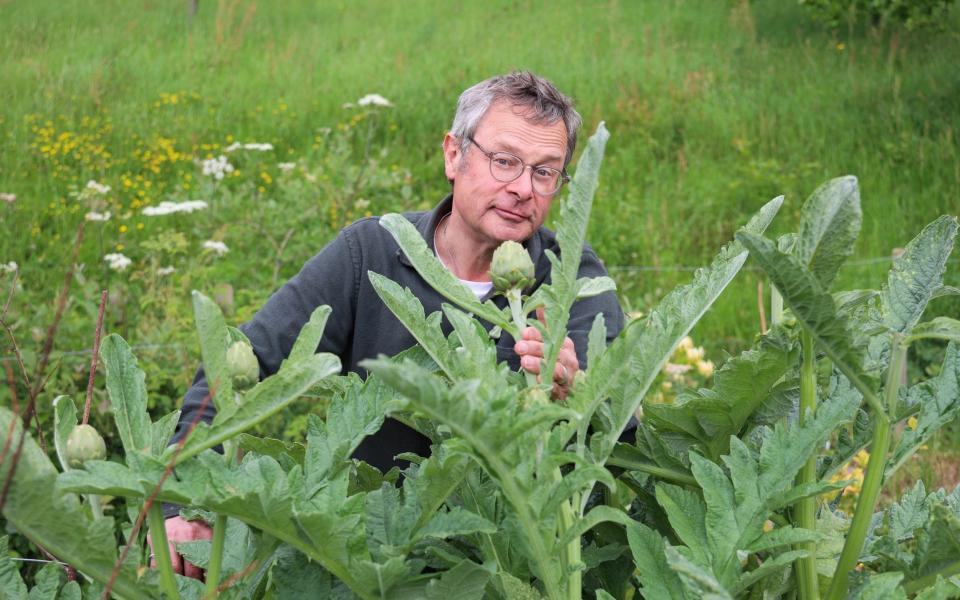
I also grow plenty of different beans, brassicas, herbs and potatoes, although this year I missed the order for one of my favourite potatoes: rattes. Luckily they’re my dad’s favourite too, so he stepped in with a supply. We often swap seedlings, while Mum gives us roses and dahlias, and always brings a pair of shears when she visits.
What are your favourite homegrown, go-to recipes?
We grow a lot of kale, so from November until June we have it at least twice a week. I use it in stews, risottos, salads and pesto. We’ve just had the first of this year’s garlic, so I’ll also make a simple side dish by frying a sliced head in butter and adding the kale just long enough to wilt.
One veg I never grow enough of is peas; they never make it as far as the kitchen because we’ve got four kids who just come out and eat them all.
In the hope I might get the odd bowl of cooked peas, I’m growing even more this year. That’s never a problem with tomatoes, so I always make huge amounts of passata by roasting tomatoes with garlic and herbs.
What are the basic techniques you use in the veg garden?
First, we have two compost bays, and it takes a year to turn one into good compost. Second, we use a no-dig system so we don’t disturb the mycorrhizal activity and friendly bacteria in the soil. Third, we do a lot of hay-mulching to suppress weeds, protect seedlings and keep the soil moist and warm.
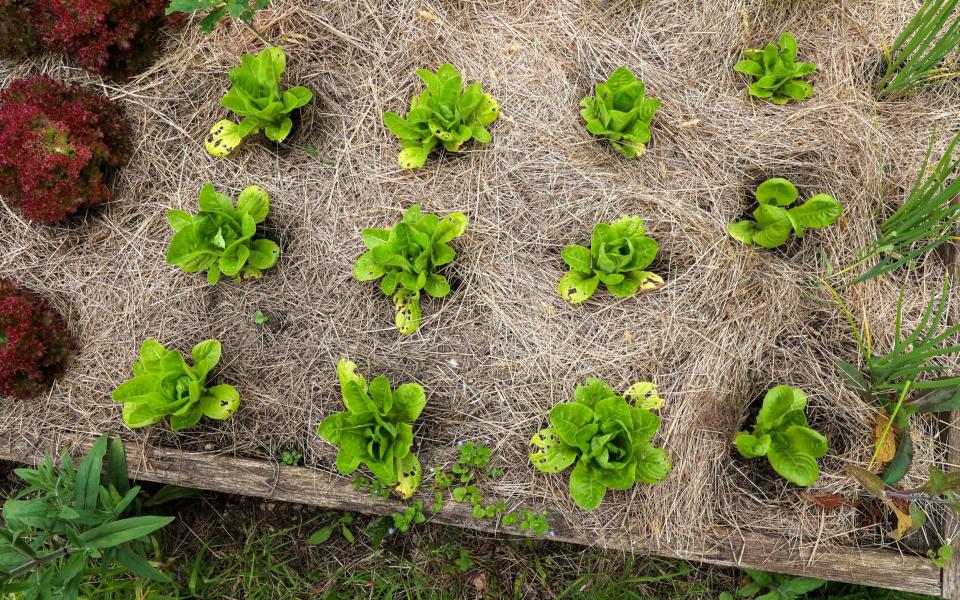
When the hay looks ropey, we throw it on the compost heap and replace it. Fourth, before we start spring planting, we now let our two ducks, Jemima and Josh, roam around the veg garden to eat up slugs. They do a great job.
Tell us more about your nuttery...
We began the nuttery 10 years ago and we now harvest walnuts, hazelnuts, chestnuts and almonds. They were all planted with the help of a brilliant nut specialist from Totnes called Martin Crawford, whose nickname is the Nut Guru. He’s basically nuts about nuts!
He’s constantly trying out different cultivars to find the best nut trees to grow. The hazelnuts have been giving us nuts for the last few years, and now the others are doing well, too. Most nuts are imported, so I find this project very exciting and, like our fruit trees, they’re covered in wonderful blossom in the spring, providing a great source of pollen and nectar for our bees.
What kind of beehives do you have?
We nurture wildlife wherever we can, but as well as ponds and bird boxes, we’ve got three wild beehives.
They’re made by an amazing guy, Matt Somerville, who I did some filming with a couple of years ago – his website is beekindhives.uk. He makes beehives by hollowing out logs.
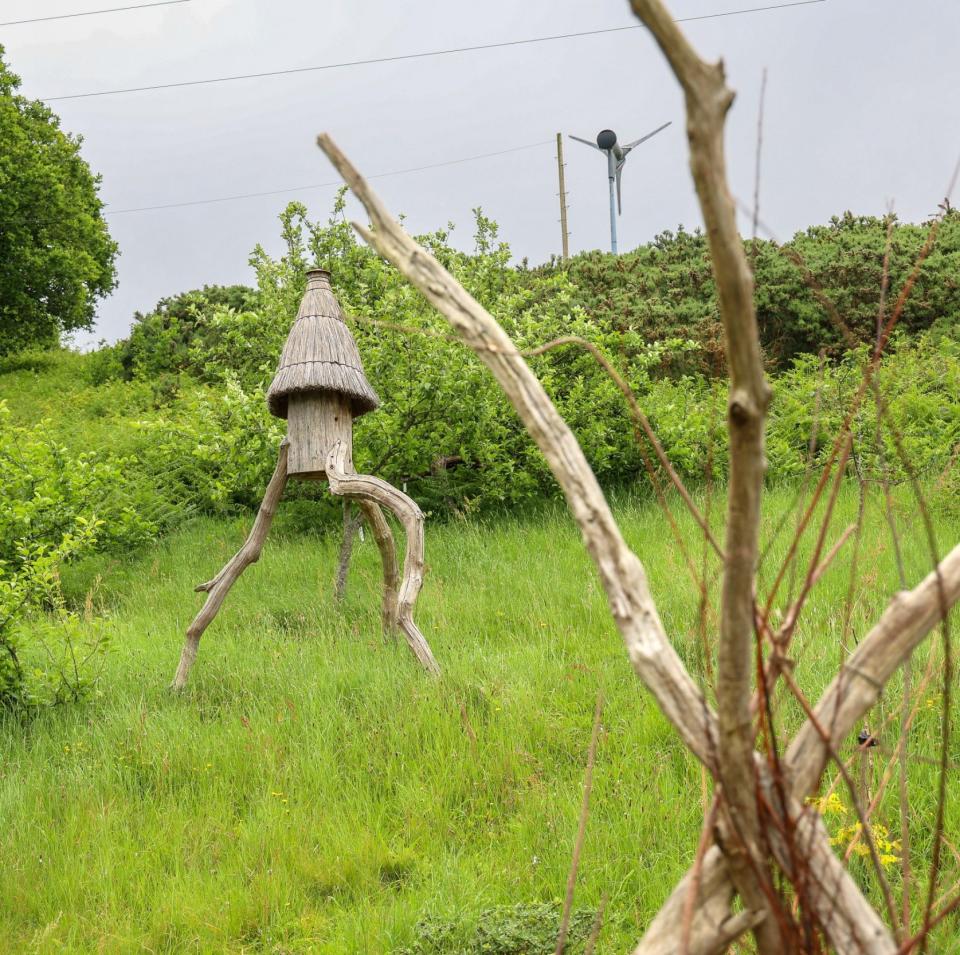
There’s no other intervention; you just wait for wild bees to turn up, perhaps lured by our bee-friendly plants such as rosemary, buddleia, viper’s bugloss and thistle
Important last point: you don’t take the honey until the bees have left of their own accord.
Did your parents influence your love of gardening?
When I was six years old, Mum and Dad decided to leave Notting Hill Gate, where my sister Sophie and I were born, and move to a rented farmhouse in the Cotswolds.
Dad was an advertising copywriter and wanted to go freelance; Mum wanted to study garden design. It was summer when we arrived and the last tenants had left their veg garden, so I’ve got vivid memories of going out there and finding baby carrots and peas to eat.
It was like a huge adventure playground. From day one, Dad loved growing food and Mum immersed herself in every aspect of the garden. I’ve been hooked ever since.
When did you first know this was what you were going to do?
I studied philosophy at university and, at the end of it, I had no idea what I was going to do. I certainly never thought growing food or farming or nature would become such all-absorbing topics for me, especially as I returned to London in my 20s to work as a sous chef at the River Café in London.
But, one way or another, I just kept gravitating in that direction and, in 1999, I set up River Cottage. Initially we moved to Dorset, then Devon. Here we are, over 25 years later.
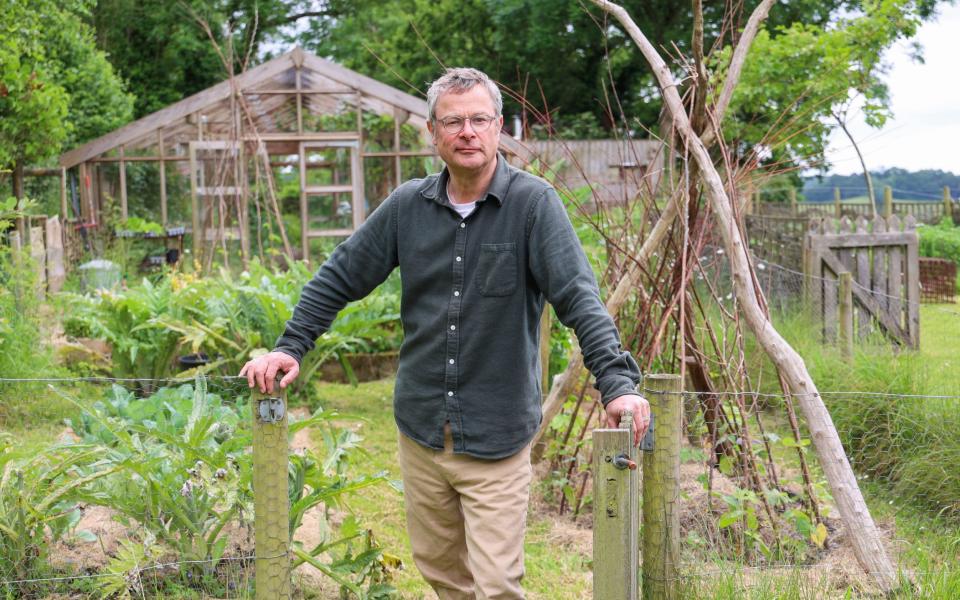
Do you ever think about going back to the city?
I moved out of London 30 years ago and now I can’t imagine any other life. You become so immersed in the rhythms of growing produce, keeping animals and thinking about the seasons that you don’t stop to think how beneficial it is for your general wellbeing.
I guess it’s a sort of mindful busyness. I’m more likely to switch off completely when I go for a walk in the woodland and find myself tuning into birdsong. Or when I’m sitting in my office, which is next to the nuttery, and get caught in a state of reverie staring out at the blossom.
Does the garden ever take you by surprise?
Not long after moving in, I made forked poles from large hazel sticks and put them in the middle of one of our ponds in the hope that a kingfisher would come by. For 10 years, I saw nothing. Then, one evening during Covid, I was walking past this pond with one of my sons, Freddy, and noticed one of the poles wobbling, as if a bird had jumped off it.
Next, I see this electric-blue bird dart across the pond and I just burst into tears.
This little bird got me right here.
How to Eat 30 Plants a Week by Hugh Fearnley-Whittingstall (Bloomsbury) is out now, available to buy from Telegraph Books

